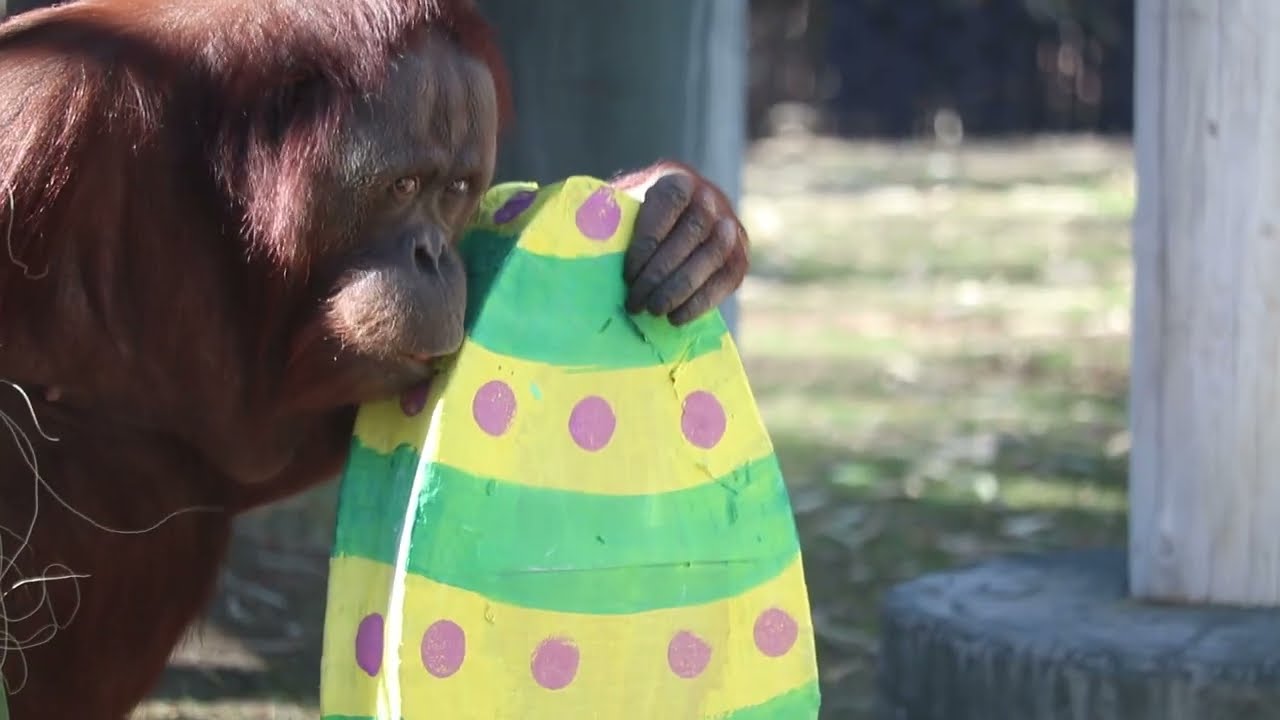– The origins and evolution of the Easter Egg Hunt as a cultural event
– The role of zoos and wildlife conservation centers in hosting Easter Egg Hunts
– How Easter Egg Hunts can promote awareness and education about wildlife conservation
– The impact of these events on community engagement and support for conservation efforts
– Best practices for organizing Easter Egg Hunts in an environmentally friendly manner
The tradition of the Easter Egg Hunt has deep roots in history. It serves both as a celebration of spring and a symbol of rebirth and renewal. Originally, this festive activity involved hiding and finding dye-decorated eggs, often linked with the Christian celebration of Easter. Over time, the event has evolved, incorporating various elements that make it a widely anticipated occasion in various communities around the globe.
Recently, zoos and wildlife conservation centers have become popular venues for hosting Easter Egg Hunts. These institutions leverage the event to fulfill their educational missions, integrating fun activities with meaningful messages about wildlife preservation. By situating the hunt within the context of conservation, organizers can create a dynamic learning experience that captivates the interest of participants of all ages.
One of the primary advantages of hosting Easter Egg Hunts at zoos and conservation centers is the opportunity to raise awareness about the importance of preserving natural habitats and protecting endangered species. Through interactive games, educational displays, and encounters with animals, visitors gain insights into wildlife’s challenges and the critical role conservation plays in ensuring their survival. This approach aligns with the broader objectives of zoos: to engage the public in conservation efforts and foster a sense of stewardship for the natural world.
Moreover, Easter Egg Hunts can serve as powerful tools for boosting community involvement and support for conservation initiatives. These events provide zoos and conservation centers a platform to showcase their work, attract new visitors, and strengthen relationships with existing supporters. Engaging the community in enjoyable and informative activities helps to build a community of conservation advocates who are informed, concerned, and motivated to contribute to the cause.
Organizers must adopt best practices for eco-friendly event planning to maximize the benefits of Easter Egg Hunts for wildlife conservation while minimizing potential environmental impacts. This includes using biodegradable or reusable materials for eggs and prizes, avoiding activities that could harm animals or disrupt their habitats, and promoting sustainable practices among participants. For example, organizers could opt for eggs made from natural or recycled materials instead of plastic eggs. Additionally, educational materials distributed during the event can provide tips on how individuals can support conservation efforts in their daily lives, further extending the Easter Egg Hunt’s impact beyond the event’s confines.
Through careful planning and a focus on conservation themes, Easter Egg Hunts held at zoos and conservation centers can offer participants a delightful experience that enlightens them on the significance of wildlife preservation. This blend of entertainment and education supports the dual goals of providing enjoyable community events while advancing the cause of conservation. As such, Easter Egg Hunts represent a valuable opportunity for zoos and wildlife centers to fulfill their educational missions, engage with the public on important issues, and foster a culture of environmental responsibility and activism.
*****
Source Description


